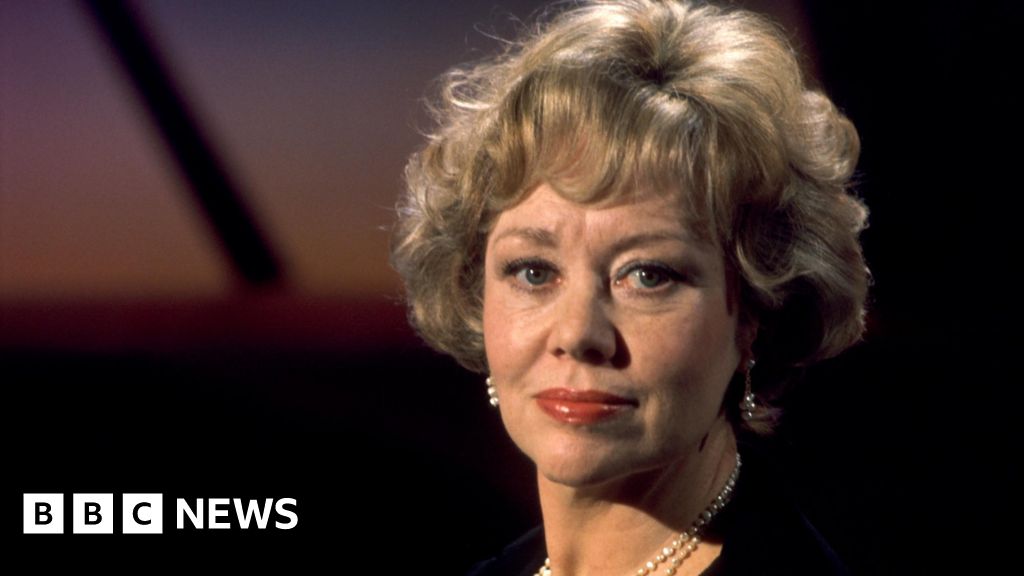Top of the list is the thin, dry, intensely itchy ageing skin of later years – dubbed (if unfortunately) “senile pruritus”. This calls for the generous application of a moisturising emollient together with other measures to prevent evaporation from the surface of the skin – turning down the central heating, a humidifier in the home and regular, short cool showers.
It is necessary too to consider the possibility of a “hidden” cause – iron deficiency anaemia and other blood disorders, an over- (or under-) active thyroid and diabetes. But once these are excluded we are left with Generalised Pruritus of Unknown Origin (GPUO) for which by definition there is no specific remedy.
Here “the treatment of choice” is an eight-day course of the compound doxepin applied topically. A diverse range of drugs can include antihistamines (cetirizine) or antidepressants such as Prozac – some evidence suggests these can block the effect of histamine. Finally, “expert opinion” favours exposing the skin to bright ultraviolet light (phototherapy) as both safe and effective.
The miracle of the human heart
The Telegraph obituary of the Labour peer Lord Murray Elder notes he was among the world’s longest living heart transplant recipients, almost doubling his lifespan from 38 (when he had the operation “with only days to live”) to his recent death at 73.
A close friend of Gordon Brown – forged in the nursery class in their home town of Kirkcaldy – he played a crucial role during those three “extra” decades in the restoration of the Labour Party’s fortunes. And for good measure he “bagged” all 282 Munros in Scotland and ascended Mount Kilimanjaro.
It might be considered a modern miracle that a surgical procedure – inconceivable when he was at nursery school but now so routine as to be commonplace – should have allowed him so active and fulfilling a life.
But the miracle is really nature’s, for the specifications of his transplanted heart lie far beyond what human ingenuity can achieve. No bigger than an orange and weighing just over one pound, it generates enough force to propel the body’s 10 pints of blood through a pipeline of arteries and veins that, end to end, would wrap around the world twice.
The human heart is also extraordinarily efficient, due mainly to the overlying spiral of its muscle fibres that become progressively shorter as they taper to the tip, squeezing out with each heartbeat every drop of blood from the cavities of the ventricles. For Lord Elder, this transplanted masterpiece of engineering efficiency within his chest ran for more than a billion cycles without maintenance or lubrication or the need to replace its four sets of valves opening and closing 4,000 times every hour.
So all praise to the pioneers of heart transplants back in the 1960s and Lord Elder’s cardiac surgeons at Newcastle Royal Infirmary. But the main credit for the doubling of his lifespan really belongs to nature.

Sarah Carter is a health and wellness expert residing in the UK. With a background in healthcare, she offers evidence-based advice on fitness, nutrition, and mental well-being, promoting healthier living for readers.








